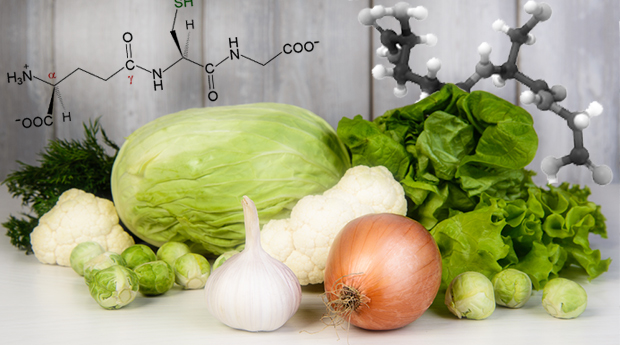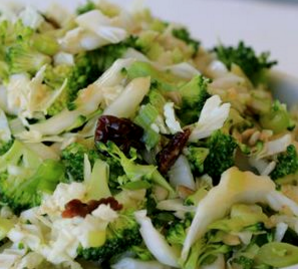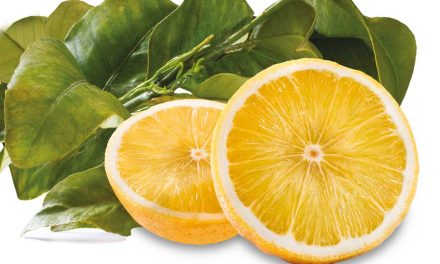Gluten-free foods are often marketed as a ‘healthier’ alternative to wheat or many starchy carbohydrates that naturally contain gluten to give foods texture and firmness. Yet according to new research, many food items labelled as “gluten-free” are not 100% free of this protein that can otherwise leave people with a gluten intolerance in severe pain.
There are many health reasons why people avoid foods containing gluten and some of these include the link between stomach pain and diarrhoea, which can leave them malnourished. The research in this particular case, found that of all the items marked as gluten-free, only 14% contained detectable traces of the protein, according to scientists.
Sufferers of Coeliac Disease or those who have had an adverse reaction to gluten, may find that cutting out certain foods can help with stopping agonising symptoms. They also found that even with gluten-free alternatives to breads, cereals and pastas, sensitivity can vary between sufferers – with food having to be less than one part per million to protect from many symptoms. However internationally, food codes only require gluten-free products to contain less than 20ppm.
The research from The University of Western Australia tested 169 gluten-free products. 41 crackers, breads, and biscuits, 37 cereals, flours and grains, along with 30 condiments and sauces. The researchers also tested 21 spices, 16 pastas, 15 drinks and soups, along with 9 confectionary products. Gluten was found in 14% of the products, yet at very low levels within all of them.
Twenty of the items were found to have detectable levels of gluten and these were all less than one part per million – the other four had levels much higher. The Lead Researcher of the study believes that the standards should be revised to mention that these products ‘contain one ppm or less’ of gluten as opposed to ‘no detectable traces’. While these tiny traces of gluten are being found in some foods, researchers suggest that it’s still possible to consume them without fear.
There Is a Safer and Healthier Option
A better way to ensure you avoid all gluten is to choose more natural options, rather than relying on “gluten-free” processed foods. This is because these foods are still high in sugars and do nothing to benefit your health. Anyone who suffers from gluten intolerance or simply wants to improve their health should consider eating more whole plant foods, or foods that use only single ingredients.
The good news is that taste or texture don’t have to be sacrificed either – it’s still possible to enjoy all of your favourite foods and gain all of the health benefits from following a gluten-free diet. Healthy alternatives to processed “gluten-free” products such as pasta, breads, cereals, cakes, noodles, pizza etc can be prepared at home using sprouted buckwheat flour, sprouted oats and legume pasta.





